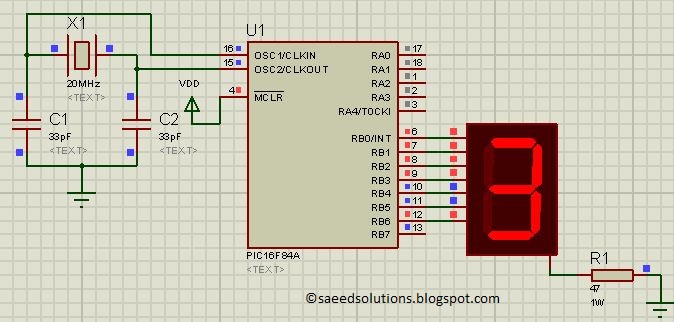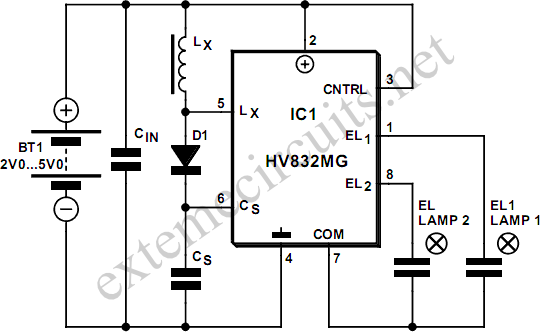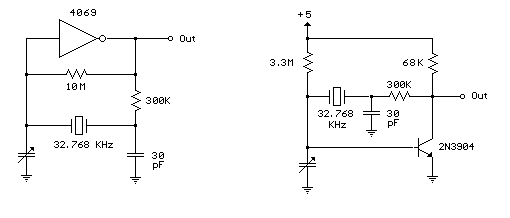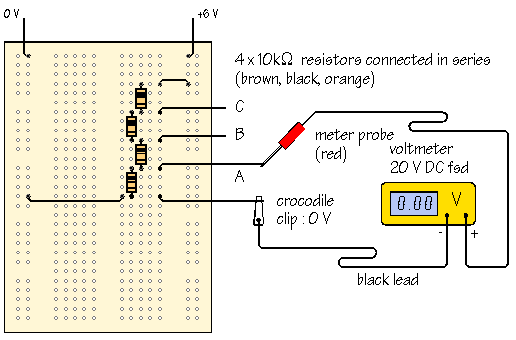
implement free running counter in pic16f84a using seven segment display

This post presents the implementation of a free-running counter using the C programming language for the PIC16F84A microcontroller. The code is structured to...
The PIC16F84A microcontroller is a widely used device in various embedded applications, characterized by its 8-bit architecture and a range of integrated peripherals. A free-running counter is a fundamental component in digital systems, often utilized for timing applications, event counting, and frequency measurement.
The implementation of a free-running counter on the PIC16F84A involves configuring the microcontroller's timers and registers appropriately. The primary timer used for this purpose is Timer0, which can be configured to operate in different modes, including 8-bit and 16-bit.
To set up the counter, the following steps are typically involved:
1. **Configuration of the Timer**: The Timer0 register is configured by setting the appropriate bits in the OPTION_REG register. The prescaler can be adjusted to manage the timer's overflow rate, which directly influences the counter's speed.
2. **Initialization**: The counter variable is initialized to zero at the start of the program. This ensures that the counting begins from a known state.
3. **Interrupt Setup**: If an interrupt-driven approach is used, the global and peripheral interrupt enable bits must be set. The Timer0 overflow interrupt can be enabled to trigger an interrupt service routine (ISR) when the timer overflows.
4. **Counter Logic**: Within the main loop or the ISR, the counter variable is incremented each time the Timer0 overflows. This can be done by checking the TMR0 register against its maximum value and resetting it accordingly.
5. **Output Display**: The counter value can be displayed on an output device, such as an LCD or through serial communication. This allows for real-time monitoring of the count.
6. **Looping**: The program typically runs in a continuous loop, allowing the counter to increment indefinitely until the microcontroller is reset or powered down.
This implementation not only demonstrates the functionality of a free-running counter but also provides insights into timer operations and interrupt handling in the PIC16F84A microcontroller, which are critical for developing robust embedded systems.This post provides the implementation of free running counter ( using c language ) for PIC16F84A micro-controller. This code is written in such a way that,.. 🔗 External reference
The PIC16F84A microcontroller is a widely used device in various embedded applications, characterized by its 8-bit architecture and a range of integrated peripherals. A free-running counter is a fundamental component in digital systems, often utilized for timing applications, event counting, and frequency measurement.
The implementation of a free-running counter on the PIC16F84A involves configuring the microcontroller's timers and registers appropriately. The primary timer used for this purpose is Timer0, which can be configured to operate in different modes, including 8-bit and 16-bit.
To set up the counter, the following steps are typically involved:
1. **Configuration of the Timer**: The Timer0 register is configured by setting the appropriate bits in the OPTION_REG register. The prescaler can be adjusted to manage the timer's overflow rate, which directly influences the counter's speed.
2. **Initialization**: The counter variable is initialized to zero at the start of the program. This ensures that the counting begins from a known state.
3. **Interrupt Setup**: If an interrupt-driven approach is used, the global and peripheral interrupt enable bits must be set. The Timer0 overflow interrupt can be enabled to trigger an interrupt service routine (ISR) when the timer overflows.
4. **Counter Logic**: Within the main loop or the ISR, the counter variable is incremented each time the Timer0 overflows. This can be done by checking the TMR0 register against its maximum value and resetting it accordingly.
5. **Output Display**: The counter value can be displayed on an output device, such as an LCD or through serial communication. This allows for real-time monitoring of the count.
6. **Looping**: The program typically runs in a continuous loop, allowing the counter to increment indefinitely until the microcontroller is reset or powered down.
This implementation not only demonstrates the functionality of a free-running counter but also provides insights into timer operations and interrupt handling in the PIC16F84A microcontroller, which are critical for developing robust embedded systems.This post provides the implementation of free running counter ( using c language ) for PIC16F84A micro-controller. This code is written in such a way that,.. 🔗 External reference





